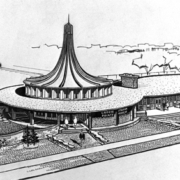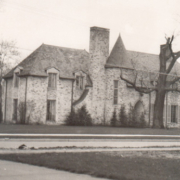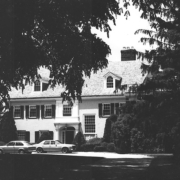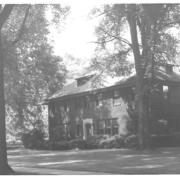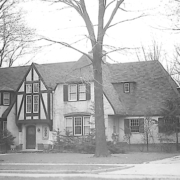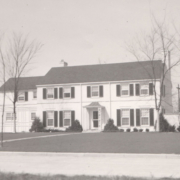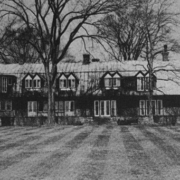Historical Architecture of Grosse Pointe – Architect, Charles Kellogg Backus
Last we explored a rather splendid home, 70 Vendome. Located on one of the most prestigious streets in Grosse Pointe Farms, it was designed by prolific local architect Robert O. Derrick in 1929, for Frank E. Price.
This week we review the work of architect Charles Kellogg Backus. While Mr. Backus only designed a few homes during a short career that was tragically cut short, he did create one of Grosse Pointe’s most unique buildings, the Unitarian Church, located at 17150 Maumee in Grosse Pointe City. This stunning structure was completed in 1964-1965. Image courtesy of: Katie Doelle.
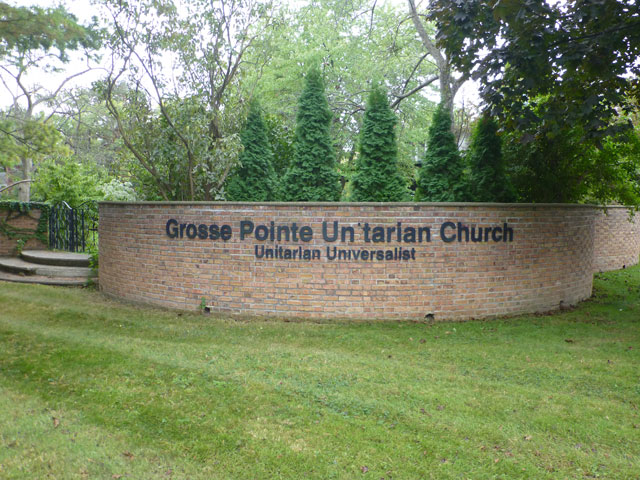
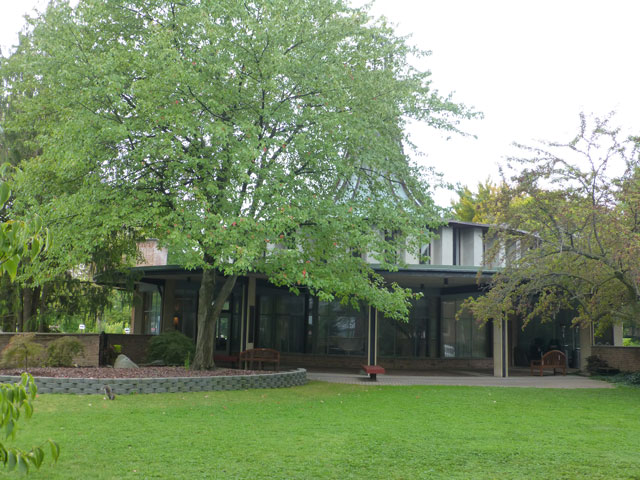
Charles Kellogg Backus was the son of Standish Backus who was a lawyer, engineer, general counsel for General Motors, and president of the Burroughs Adding Machine Company. The Backus mansion, 725 Lake Shore, was situated on a 12-acre estate and was one of Grosse Pointe’s grandest homes. It was completed in 1934 and razed in 1966. Charles Backus was born on March 29, 1917, in Detroit. He graduated from Princeton in 1939 with a degree in architecture and during World War II he served as an officer in the Combat Engineers. On August 23, 1941, he married Louise Bowen and together they had four children. Image courtesy of: Ancestry.com.
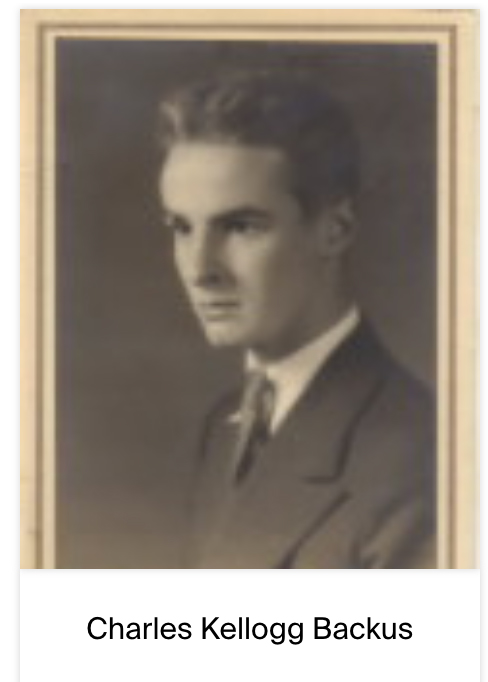
During his career it appears Charles Backus worked on several projects in southeastern Michigan. One of his residential commissions was 40 Lake Shore, which was completed in 1949, allegedly for his mother-in-law Louise Bowen. Mrs. Bowen was married to Julian P. Bowen who resided in the magnificent 16628 E. Jefferson. After Mr. Bowen passed unexpectedly from a heart attack in 1933, Louise Bowen continued to reside at 16628 E. Jefferson until 1948. She then moved into her new home at 40 Lake Shore that had been designed by her son-in-law. The property was set on two acres with 163 feet of lake frontage. Unfortunately, the home was demolished, thought to be in the early 2000’s. Sadly we don’t have a photo of the house, only an overhead image that shows the residence in 2002; the second image is the empty lot as it is today. Images courtesy of Google Earth.
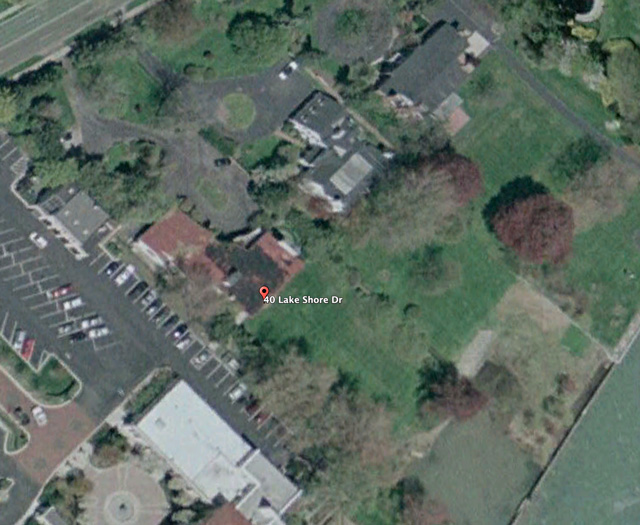
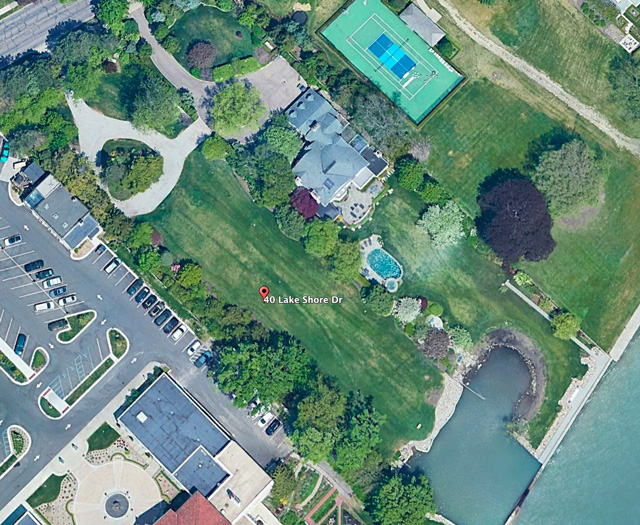
We understand Charles Backus designed several homes in Metamora including his own at 3835 Hough Rd. “Whigville Farm”. I was contacted by the now owner of this property, Elaine, who shared some incredible photos and details of her home. The stunning modern Prairie style house was completed in the early 1960’s. Elaine states, “it’s incredible to live in.” She explains, “It has a 1200 sq ft atrium in the center of the home with a euonymus 60-year-old vine and a Japanese maple. The house is a tri-level with six bedrooms and four baths. I am told the tile used throughout the home is from the side of a silo. There is a stable on the property that was built in the 1980s. The sconces, lamps, and Belgian blocks in our home are from Charles’s father’s house, at 725 Lake Shore.” When Elaine moved into the home she shared “When I purchased the property, the previous owner had two camels in the stable. The house is still known as ‘the camel house’ in the area.” Mr. Backus office was also located in Metamora at the old Whigville school house, which he turned into an office for himself (also in the Prairie style). Images are courtesy of: Elaine Touscany.
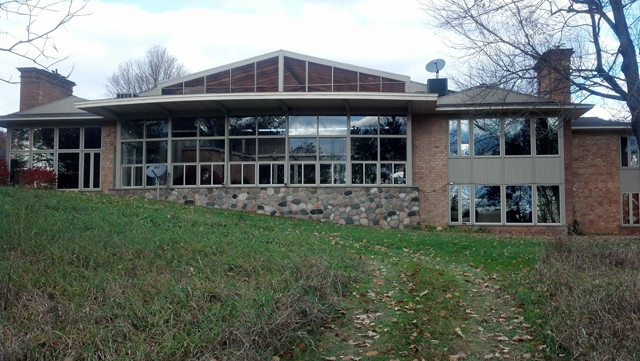
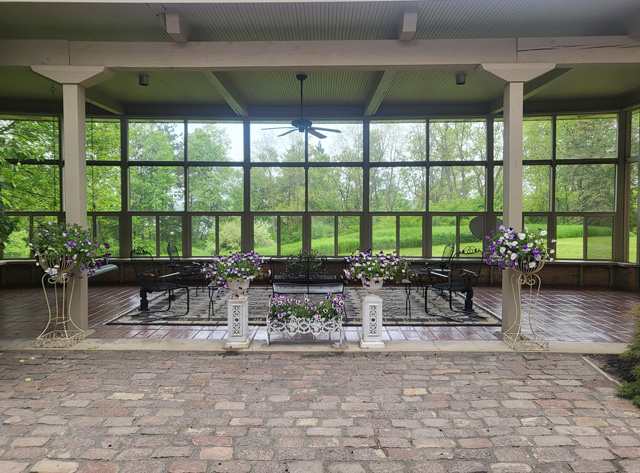
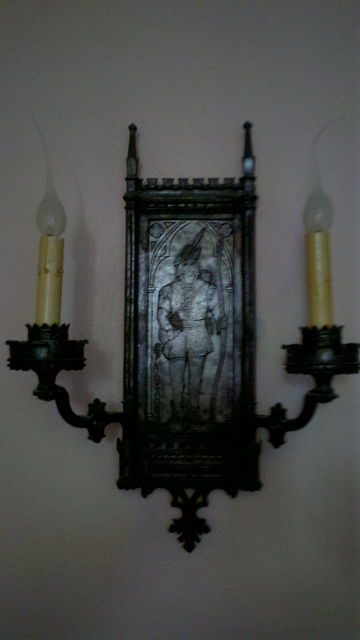
Arguably the defining achievement of Charles Backus’s career was the Unitarian Church in Grosse Pointe City. It was (and is) unlike anything the community had seen before. The cornerstone was laid on November 1964. Image courtesy of the Grosse Pointe News (November 1964).
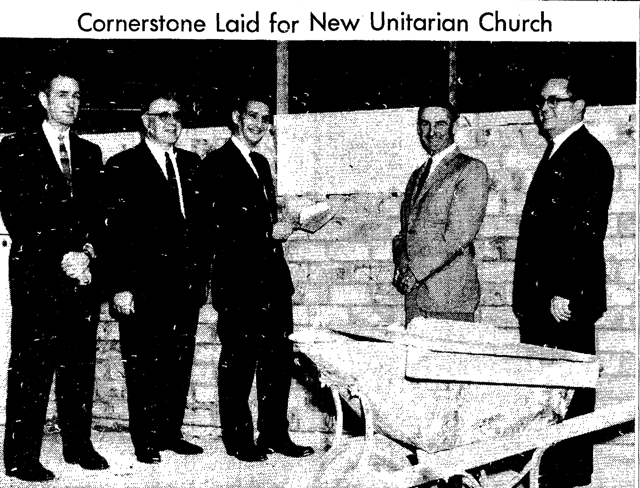
The church is around 15,000 sq ft, with a 5,000 sq ft annex. It reportedly cost $500,000 (around $5m today). Source: Grosse Pointe News (September 1965). It was also reported the project was Backus’s first and only church building. From the article in the Grosse Pointe News, we understand “Backus started with a circular concept for the church. A circle is the Unitarian-Universalist symbol and is also symbolic of unity, and friendship. The form of the building, like the Unitarian religion itself, was described as “resh and modern, yet rooted in the past.” As Backus once explained “While this may appear as a new or even futuristic approach, the circle is actually one of the oldest and most revered forms of architectural devices.” Source Grosse Pointe News (September 1965). And so, when he designed the church, Backus created two circles, one is the 80-foot diameter circle containing the chapel hall while the other is the church school – the school was intended to house 300 children and 40 teachers. Joining the two circles of the “binocular-shaped design” is the area containing the lobby and the admin areas. Images courtesy of: Grosse Pointe News (May 1963), gpuuc.org, and Google Earth.


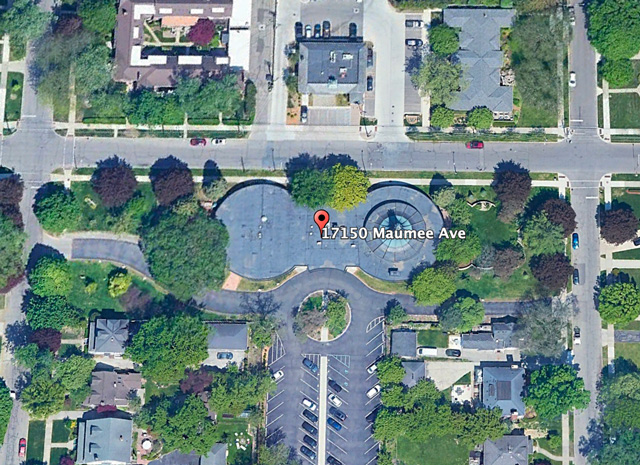
The most distinctive feature of the structure is the 60 feet tall copper-covered spire that sits on top of the chapel. It is reported “Backus viewed the inswept roof as a symbol of man’s continuing need to reach beyond himself.” The chapel roof is formed from curved cypress beams which sweep upward toward a skylight. The view inside the chapel has been described as “awe-inspiring” with a perfect view to the tip of the spire. At the time of completion, the chapel hall could accommodate 300 people. Black and white images courtesy of: Wayne State University Digital Collection. Color images are courtesy of Katie Doelle.

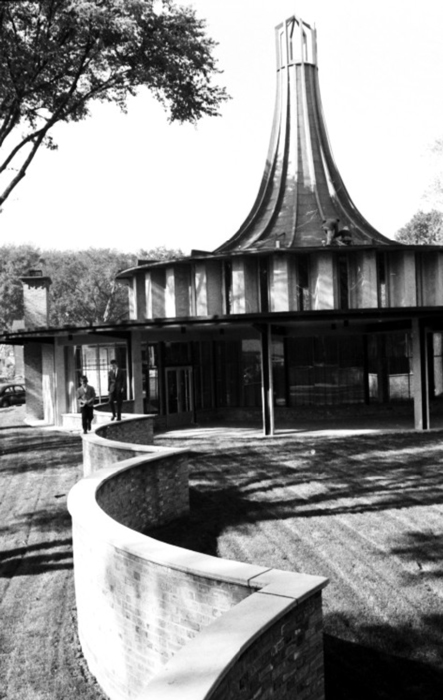
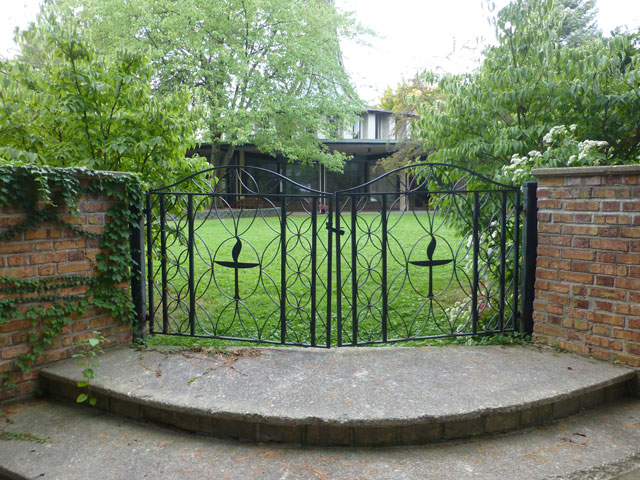
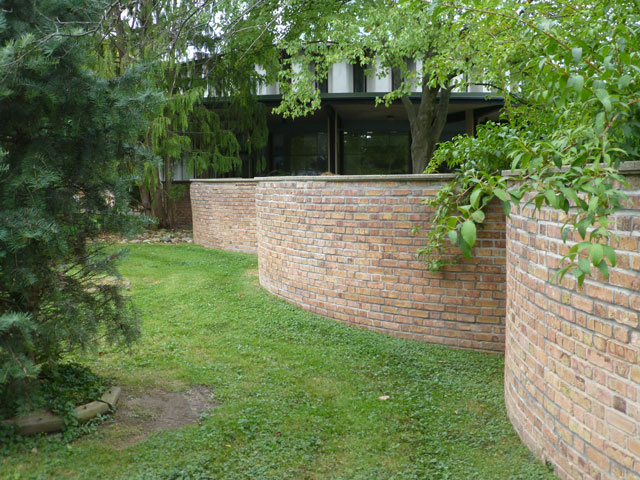

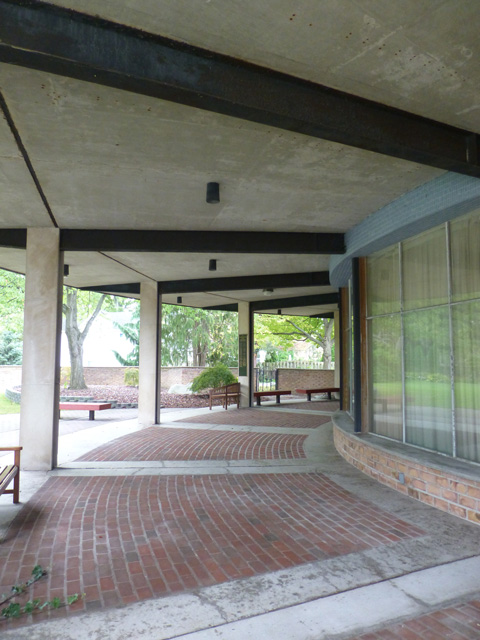
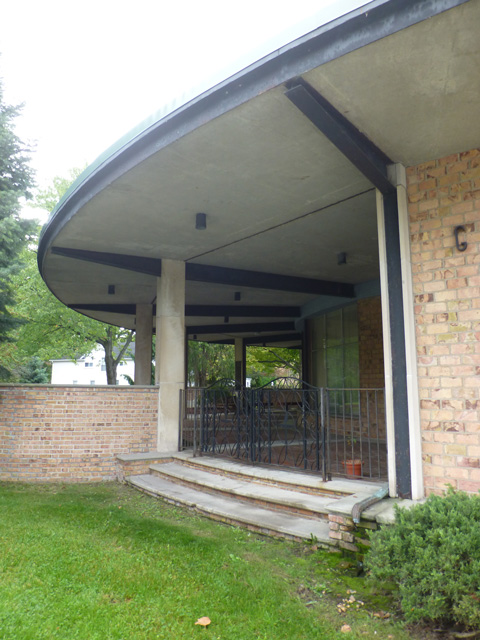
The interior features natural brick, weathered cedar, and a large prominently placed fireplace in a gallery at the rear. Large expanses of glass around the side of the hall overlook the landscaped gardens and the distinctive serpentine walled courtyard. It was reported the colors inside the church are based on nature with soft greens and browns used throughout. The colors were selected by a committee, along with the furnishings, paintings, and the furniture. Images courtesy of: gpuuc.org.

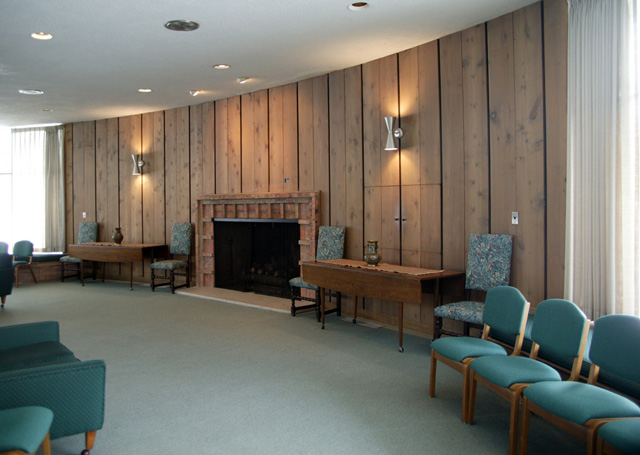
Sadly, Charles Kellogg Backus never saw the church completed. On 11 August 1965, six weeks before the church was dedicated, aged just 48 years old, he was tragically killed in a horse-riding accident while leading the hunt off his property in Metamora. Charles’s ashes were scattered in Whigville Lake which his former house overlooks. Here in Grosse Pointe, we still have one special building in which to remember him by. Image are courtesy of Katie Doelle.
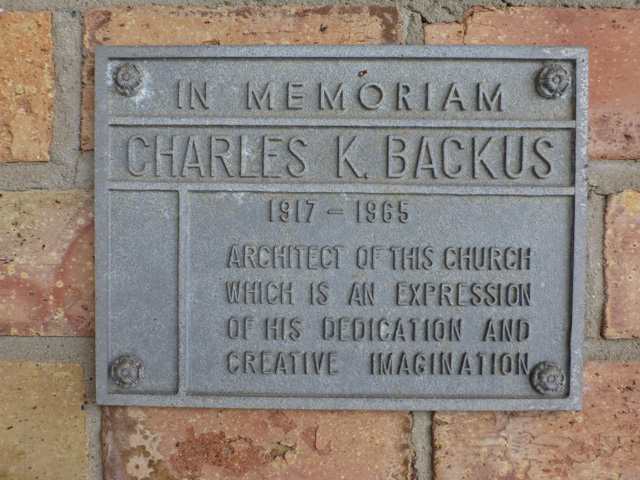
Thank you to Elaine Touscany for contacting me and sharing some wonderful photos and details about her stunning home.
* Photos courtesy of the Higbie Maxon Agney archives unless stated.
** Research, information, and data sources are deemed reliable, but accuracy cannot be fully guaranteed.
Written by Katie Doelle
Copyright © 2024 Katie Doelle

